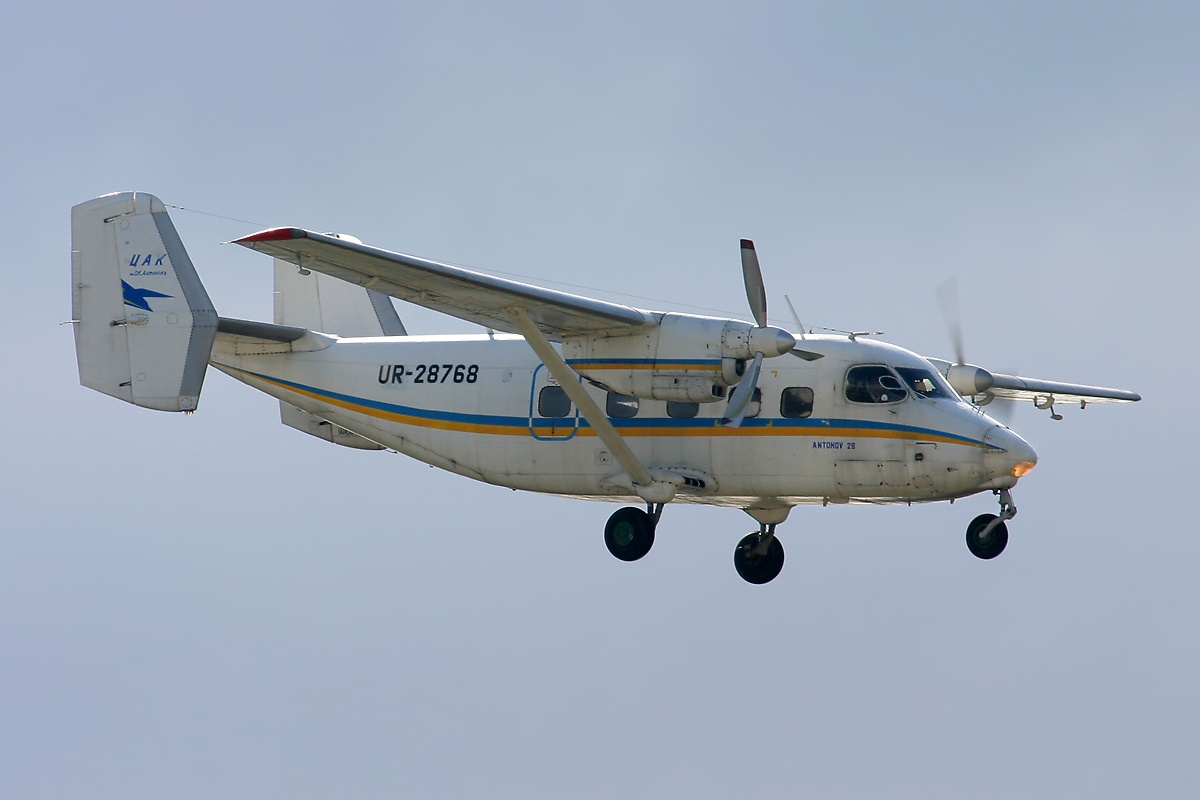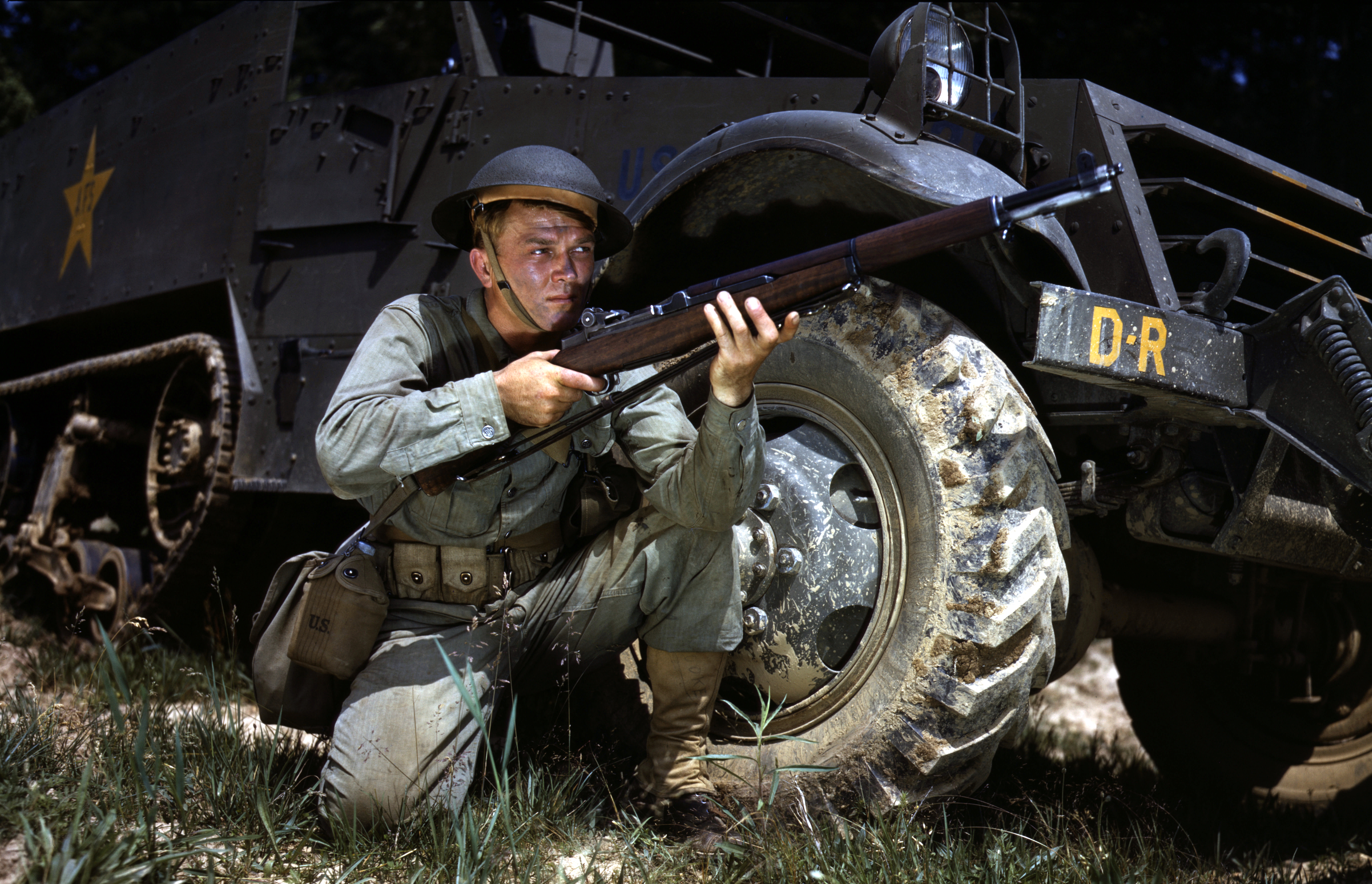|
M28
M28, M-28, or M/28 may refer to: * M-28 (Michigan highway), a state highway in Michigan * M28/M-1928 Haversack, US army Haversack * M28 Mosin–Nagant, a Finnish rifle * Tromboncino M28 grenade launcher, an Italian weapon that attaches to a rifle * Miles M.28 Mercury, a 1941 British aircraft * PZL M28 Skytruck, a small Polish transport plane * Messier 28, a globular cluster in the constellation Sagittarius * McLaren M28, a Formula One racing car * M28 (Cape Town), a Metropolitan Route in Cape Town, South Africa * M28 (Pretoria), a Metropolitan Route in Pretoria, South Africa * A line of 28-volt power tools manufactured by Milwaukee Electric Tool Corporation The Milwaukee Electric Tool Corporation is an American company that develops, manufactures, and markets power tools. It is a brand and subsidiary of Techtronic Industries. Since 2016 it has been the largest supplier by volume of cordless power ... * M28 is a training rocket for the M270 Multiple Launch Rocket Syste ... [...More Info...] [...Related Items...] OR: [Wikipedia] [Google] [Baidu] |
PZL M28
The PZL M28 Skytruck is a Polish STOL light cargo and passenger plane, produced by PZL Mielec, as a development of licence-built Antonov An-28s. Early licence-built planes were designated PZL An-28. The maritime patrol and reconnaissance variants are named PZL M28B Bryza ("sea breeze"). Development The Antonov An-28 was the winner of a competition against the Beriev Be-30 for a new light passenger and utility transport for Aeroflot's short haul routes, conceived to replace the highly successful An-2 biplane. The An-28 is derived from the earlier An-14. Commonalities with the An-14 include a high wing layout, twin fins and rudders, but it differs in having a reworked and longer fuselage, with turboprop engines. The original powerplant was the TVD-850, but production versions are powered by the more powerful TVD-10B, with three-blade propellers. The An-28 made its first flight as the An-14M in September 1969 in the USSR. A subsequent preproduction aircraft first flew in Apr ... [...More Info...] [...Related Items...] OR: [Wikipedia] [Google] [Baidu] |
McLaren M28
The McLaren M28 is a Formula One racing car built and run by McLaren in the 1979 Formula One World Championship. Powered by a naturally-aspirated Ford Cosworth 3-litre engine, the M28 was designed and wind tunnel tested during the latter half of 1978, at around the same time as Ronnie Peterson was mooted to join the team for the following season. The car was noticeably larger than contemporary designs and was much bulkier looking. Three chassis were built. The bulky design had a sharp impact on top speed, and the car was one of the slowest through speed traps. The car first appeared on track in October 1978 during a test at Watkins Glen. During initial testing, the M28 was soon found to have problems with poor grip as its ground effect design proved not particularly effective. Lead driver John Watson has described the car as "a disaster." Patrick Tambay was even less enthused by the M28, labelling it "a shitbox." The car suffered from a lack of torsional rigidity and a po ... [...More Info...] [...Related Items...] OR: [Wikipedia] [Google] [Baidu] |
Messier 28
Messier 28 or M28, also known as NGC 6626, is a globular cluster of stars in the center-west of Sagittarius. It was discovered by French astronomer Charles Messier in 1764. He briefly described it as a "nebula containing no star... round, seen with difficulty in 3-foot telescope; Diam 2 ′." In the sky it is less than a degree to the northwest of the 3rd magnitude star Kaus Borealis (Lambda ). This cluster is faintly visible as a hazy patch with a pair of binoculars and can be readily found in a small telescope with an aperture, showing as a nebulous feature spanning 11.2 arcminutes. Using an aperture of , the core becomes visible and a few distinct stars can be resolved, along the periphery. Larger telescopes will provide greater resolution, one of revealing a dense 2′ core, with more density within. It is about 18,300 light-years away from Earth. It is about and its metallicity (averaging −1.32 which means more than 10 times less than our own star), coherenc ... [...More Info...] [...Related Items...] OR: [Wikipedia] [Google] [Baidu] |
M28 (Cape Town)
The City of Cape Town ( Cape Town metropolitan area) like most South African metropolitan areas, uses Metropolitan or "M" routes for important intra-city routes, a layer below National (N) roads and Regional (R) roads. Each city's M roads are independently numbered. Table of M roads See also * Numbered Routes in South Africa References *Google Maps *Google Streetview *OpenStreetMap * MapStudio Street Guide: Cape Town including Western Cape Towns (2013) {{Cape Town, built Roads in South Africa Roads in Cape Town ... [...More Info...] [...Related Items...] OR: [Wikipedia] [Google] [Baidu] |
M28 (Pretoria)
The M28 road is a metropolitan route in the City of Tshwane in Gauteng, South Africa. It connects Irene with Monument Park via Pierre van Ryneveld Park. For its entire route, it is named Van Ryneveld Avenue. Route The M28 route starts at a junction with the M31 route (Nellmapius Drive) in Irene, adjacent to the Irene Village Mall. It heads northwards as Van Ryneveld Avenue to pass through the suburb of Pierre van Ryneveld Park Pierre van Ryneveld Park is a suburb of Centurion in Gauteng Province, South Africa. It is named after Sir Pierre van Ryneveld. It is bisected by the N1 freeway and is bordered by Pretoria Pretoria () is South Africa's administrative capit ... before passing under the N1 highway (Danie Joubert Freeway; Pretoria Eastern Bypass) and reaching a junction with the eastern terminus of the M27 route (Theron Street). It continues northwards, passing to the east of the Air Force Base Waterkloof, to pass under the R21 highway and reach its end a ... [...More Info...] [...Related Items...] OR: [Wikipedia] [Google] [Baidu] |
Tromboncino M28 Grenade Launcher
The Tromboncino M28 ('Little Trombone') was an interwar period infantry weapon developed by the Italians. It combined a grenade launcher with a carbine. Purpose The grenade launcher was permanently mounted on the right-hand side of a modified Carcano M91TS carbine. This was the Carcano M91/28 ''Moschetto per Truppe Speciali'', 'carbine for special troops', i.e. intended for those other than front-line infantry such as machine gun crews, a shortened version of the M91 infantry rifle. The intention was to give infantry riflemen their own grenade launcher capability, instead of relying on crew-served mortars. Operation The launcher was permanently attached to the carbine, but only one could be used at a time. It used a unique 'shared bolt' system: to use the grenade launcher, the carbine's bolt was removed from the receiver of the carbine and installed in the launcher. The grenade was of 38.5 mm calibre. The standard S.R.2 grenade weighed around 160 grammes, with a c ... [...More Info...] [...Related Items...] OR: [Wikipedia] [Google] [Baidu] |
M-28 (Michigan Highway)
M-28 is an east–west state trunkline highway that traverses nearly all of the Upper Peninsula of the U.S. state of Michigan, from Wakefield to near Sault Ste. Marie in Bruce Township. Along with US Highway 2 (US 2), M-28 forms a pair of primary highways linking the Upper Peninsula from end to end, providing a major access route for traffic from Michigan and Canada along the southern shore of Lake Superior. M-28 is the longest state trunkline in Michigan numbered with the "M-" prefix at . The entire highway is listed on the National Highway System, while three sections of M-28 are part of the Lake Superior Circle Tour. M-28 also carries two memorial highway designations along its route. Throughout its course across the Upper Peninsula, M-28 passes through forested woodlands, bog swamps, urbanized areas, and along the Lake Superior shoreline. Sections of roadway cross the Ottawa National Forest and both units of the Hiawatha National Forest. Some of the other landmarks ... [...More Info...] [...Related Items...] OR: [Wikipedia] [Google] [Baidu] |
Haversack
A haversack, musette bag or small pack is a bag with a single shoulder strap. Although similar to a backpack, the single shoulder strap differentiates this type from other backpacks. There are exceptions to this general rule. Origins The word ''haversack'' is an adaptation of the German ''Hafersack'' and also the Dutch ''haverzak'' meaning "oat sack", (which more properly describes a small cloth bag on a strap worn over one shoulder and originally referred to the bag of oats carried as horse fodder). The term was adopted by both the English and French (as ''havresac'') cavalry in the 17th century. The word '' haver'' likewise means "oats" in Northern English and Scottish dialects. The haversack, especially when used in the military, was generally square and about 12 inches (30 cm) per side with a button-down flap to close it. When empty, the bag could be folded in three and an extra button on the back of the bag would allow it to be refixed in this position. For the milit ... [...More Info...] [...Related Items...] OR: [Wikipedia] [Google] [Baidu] |
M28 Mosin–Nagant
M, or m, is the thirteenth letter in the Latin alphabet, used in the modern English alphabet, the alphabets of other western European languages and others worldwide. Its name in English is ''em'' (pronounced ), plural ''ems''. History The letter M is derived from the Phoenician Mem, via the Greek Mu (Μ, μ). Semitic Mem is most likely derived from a " Proto-Sinaitic" ( Bronze Age) adoption of the "water" ideogram in Egyptian writing. The Egyptian sign had the acrophonic value , from the Egyptian word for "water", ''nt''; the adoption as the Semitic letter for was presumably also on acrophonic grounds, from the Semitic word for "water", '' *mā(y)-''. Use in writing systems The letter represents the bilabial nasal consonant sound in the orthography of Latin as well as in that of many modern languages, and also in the International Phonetic Alphabet. In English, the Oxford English Dictionary (first edition) says that is sometimes a vowel, in words like ... [...More Info...] [...Related Items...] OR: [Wikipedia] [Google] [Baidu] |



